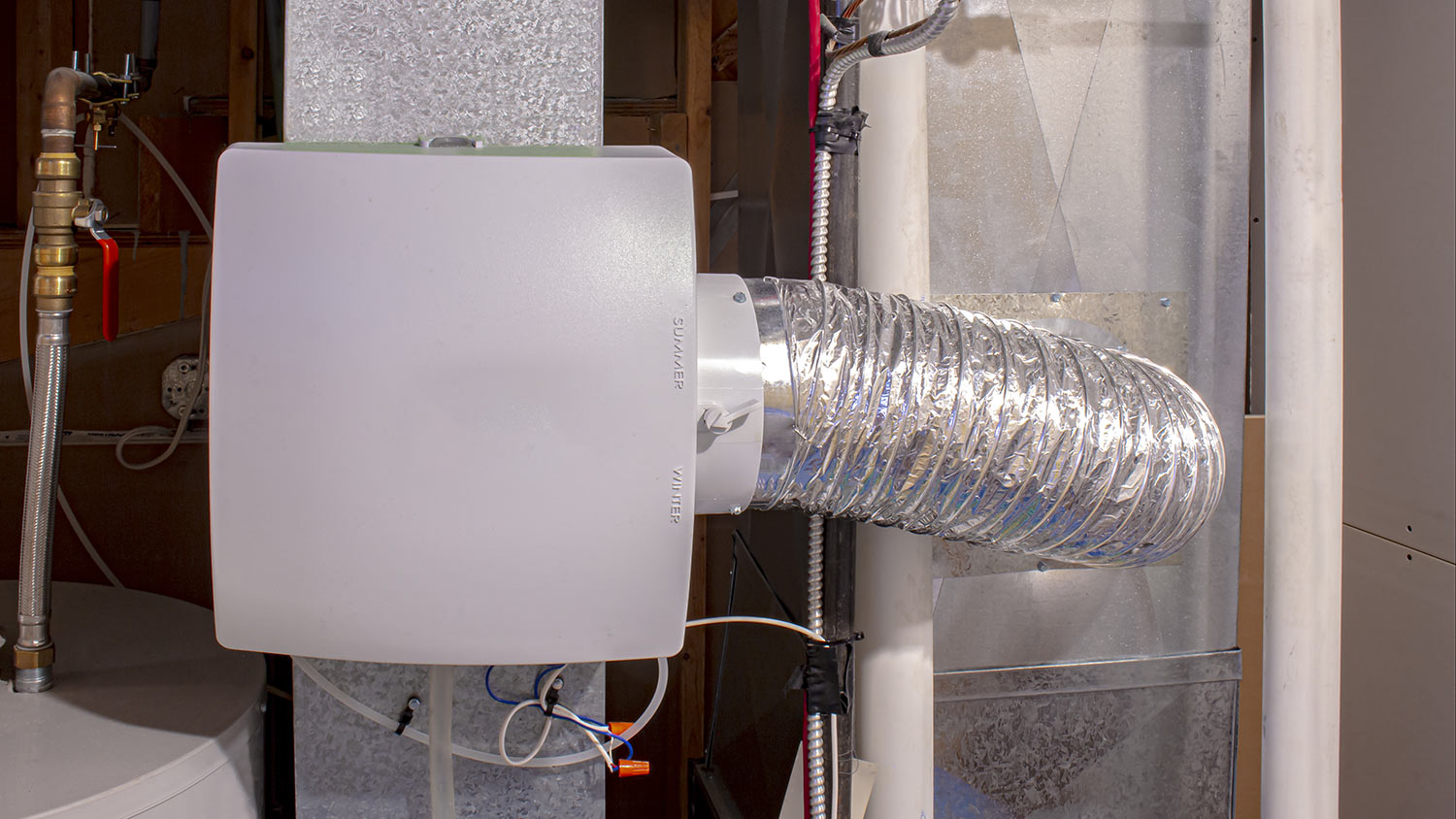
Budget for AC capacitor replacement costs based on factors such as the capacitor type, size, labor, potential repairs, location, season, and more.
An AC Recharge costs an average of $600.


You’ll pay between $100 and $600 for Freon, with location and AC size driving most of the difference.
Prompt leak detection and repair safeguard your system’s efficiency and your wallet.
Budget for recharges in advance so a low-Freon surprise doesn’t upend your finances.
Tackling refrigerant issues early keeps your cooling system running longer.
Factors like system age, refrigerant type, and local labor rates also shape the final price.
This article was updated using automation technology and thoroughly reviewed for accuracy by HomeAdvisor Editor Ryan Noonan.
Expect to spend about $600 on an AC recharge. Your final price usually falls between $200 and $500—and sometimes as low as $100 or as high as $600—depending on where you live, the size of your system, and the quality of the refrigerant. Build this figure into your HVAC budget so the next recharge doesn’t come as a surprise.
As air conditioners approach their typical 15-year life cycle, small leaks can cause them to lose refrigerant, also known as Freon. While Freon started as the brand name of a DuPont product, it has become a generic term for any AC coolant. Replacing this lost refrigerant is crucial for maintaining your AC’s efficiency, but the associated costs can add up quickly.
A few key variables steer your total recharge bill: the size and age of your AC, the price per pound of refrigerant, and any recovery, disposal, or repair work your tech needs to tackle along the way.
| Cost Factor | Average Cost Range |
|---|---|
| Cost of R-22 per Pound | $50–$80 |
| Cost of R-410A per Pound | $12–$25 |
| Cost of R-454B per Pound | $80 |
| Freon Recovery | $50–$150 |
| Freon Removal | $30–$100 |
| Leak Testing | $100–$300 |
| Leak Repair | $200–$1,500 |
Because the EPA limits refrigerant sales to certified pros, you’ll need a licensed HVAC technician to handle every recharge. Most newer units run on R-410A, while pre-2010 systems rely on harder-to-find R-22. Many pros price the first pound higher and often require a three-pound minimum.
Depending on the refrigerant type, average costs range from $12 to $80 per pound. For instance, R-22 costs $50–$80 per pound, R-410A costs $12–$25 per pound, and R-454B—used in systems built in 2025 or later—costs about $80 per pound.
Most residential AC systems need six to 12 pounds, but larger homes may need more. Homeowners can expect to pay $50 to $100 per pound, including labor. Costs for R410A—also known as Puron—can rise depending on local demand. The size of your air conditioning unit is measured in tons. Each ton of AC cooling needs two to four pounds of Freon.
| AC Size (Tons) | Freon Needed (Pounds) | Average Cost Range |
|---|---|---|
| 0.5 | 1–2 | $50–$200 |
| 1 | 2–4 | $100–$350 |
| 1.5 | N/A | $100–$500 |
| 2 | 4–8 | $150–$700 |
| 2.5 | N/A | $200–$900 |
| 3 | 6–12 | $250–$1,200 |
| 4 | 8–16 | $350–$1,500 |
| 5 | 10–20 | $500–$1,800 |
Air-conditioning units and systems installed before 2010 may use the older R22 coolant, which is becoming increasingly difficult to source. If you or your HVAC technician can find it, R22 Freon costs $13 to $21 per pound wholesale and $100 to $150 per pound installed. In many cases, you may need to upgrade or replace an older R22 AC system with one that can use R410A.
Under federal law, used refrigerant must be captured and disposed of responsibly. Most HVAC companies charge a $50 to $300 recovery fee to handle this step for you. Even if you scrap the entire unit, you’ll still need a pro to remove the coolant first to stay compliant and protect the environment.
Recharging means there’s a leak somewhere. Plan on $50 to $100 for a basic leak test, then budget more if repairs pop up. A full HVAC inspection can climb to $500 when a deeper dive is necessary.
Common symptoms of a leaking AC system include:
Higher than normal electricity bills
AC unit makes hissing or bubbling noises
Frost developing on evaporator coils or refrigerant lines
Formation of heavy condensation or leaking water
AC unit blows warm air instead of cold
The air conditioner runs continuously, but the home is still warm
After testing for and identifying leaks, the air conditioning technician can provide you with an estimate of the cost to repair the leak. The nature and severity of the AC Freon leak can significantly impact the repair cost, ranging from $200 to $1,500 in most cases.
Along with buying the refrigerant to recharge your AC unit, there are other Freon cost factors to consider.
Local HVAC repair companies typically charge between $50 and $150 per hour. You can expect to pay $100 to $300 for a professional to diagnose and locate a leak.
| AC Repair | Average Cost Range |
|---|---|
| Fan Motor Replacement | $100–$1,600 |
| Condenser Replacement | $1,050–$5,000 |
| Blower Motor Replacement | $250–$900 |
| Compressor Replacement | $800–$2,300 |
| Evaporator Coil Replacement | $600–$2,000 |
| Condenser Coil Replacement | $600–$2,400 |
| New AC Unit Installation | $3,884–$7,938 |

Because a new HVAC system runs $5,000 to $10,000, regular maintenance—leak repairs and timely recharges—usually makes far more financial sense.
Schedule routine tune ups: so a pro can spot small problems before they snowball into pricey repairs.
Repair leaks right away: topping off refrigerant without a fix only drains dollars and efficiency.
Ask about annual service contracts: many include priority scheduling and discounts on parts, labor, and future recharges.
Bundle services: When you call an AC technician to test for leaks or recharge the coolant, ask about bundling other maintenance services like coil cleaning at the same time. They may offer a package discount to reduce your overall cost.
Change your filter regularly: Depending on local conditions, you may need to charge the air filter on your AC unit at least every year or two. Dirty or clogged filters hamper the system’s ability to work efficiently.
Shop around: Contact several HVAC repair companies in your area for estimates. Their prices may vary for labor and the cost of Freon per pound.
Check your warranty: If your residential AC unit is still under warranty, you may not need to pay for your AC recharge or leak repair out of pocket.
No place is more important than your home, which is why HomeAdvisor connects homeowners with local pros to transform their houses into homes they love. To help homeowners prepare for their next project, HomeAdvisor provides readers with accurate cost data and follows strict editorial guidelines. After a project is complete, we survey real customers about the costs to develop the pricing data you see, so you can make the best decisions for you and your home. We pair this data with research from reputable sources, including the U.S. Bureau of Labor Statistics, academic journals, market studies, and interviews with industry experts—all to ensure our prices reflect real-world projects.
From average costs to expert advice, get all the answers you need to get your job done.

Budget for AC capacitor replacement costs based on factors such as the capacitor type, size, labor, potential repairs, location, season, and more.

Wondering who installs whole-house humidifiers? Hire a licensed HVAC technician. Learn what they do, other pro options, and how to hire confidently

Who installs whole-house dehumidifiers? Learn whether HVAC pros or humidifier installers handle this job and what affects your total cost

Learn how to keep your AC running smoothly with our guide: Air conditioner check up 101.

Learn how to repair your iwndow unit air conditioner with this guide, no matter what type of problem you're facing.